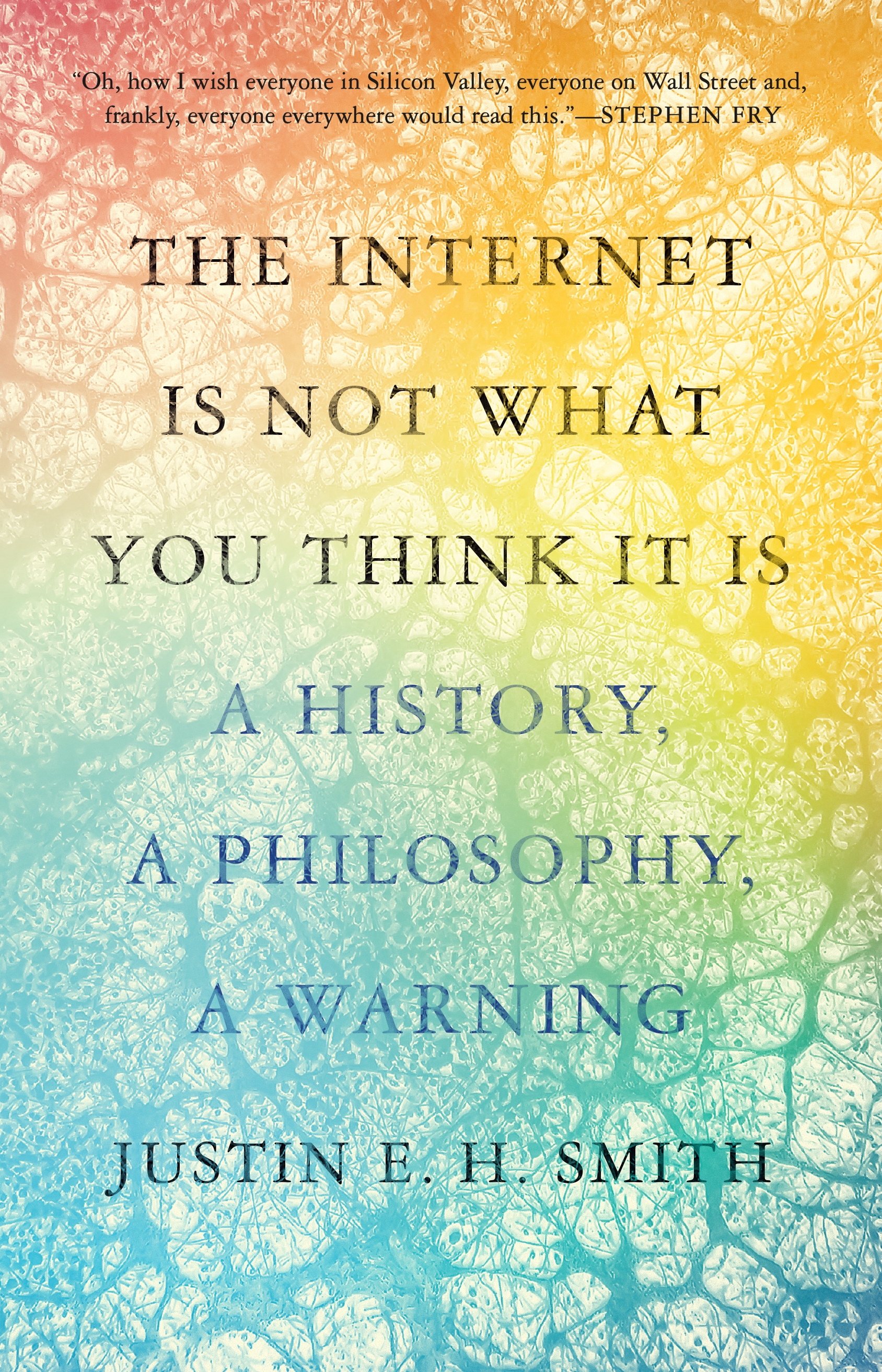Not What You Think
4 stars
You might very well shelve this book after the first 30 pages wondering how on Earth this philosophy academic's staccato digressions into the minds of Enlightenment rationalists will be made relevant to today's internet. In doing so, you will have mistaken the author's object in writing the book for the one you might have expected (a book consumed with the problems of the internet you know ). While such topics are occasionally referenced -- the propensity of social media to leverage inflammatory commentary or to proliferate untruths -- the book is far more concerned with putting the entirety of the internet in the context of broader scientific, historical, and philosophical themes. With further reading, you will learn, and likely enjoy learning, about today's internet (i.e. the IOT, social media, 3D printing, collection and presentation of learned texts) as part of a continuous development of natural, mechanical, and logical reckoning, calculating, …
You might very well shelve this book after the first 30 pages wondering how on Earth this philosophy academic's staccato digressions into the minds of Enlightenment rationalists will be made relevant to today's internet. In doing so, you will have mistaken the author's object in writing the book for the one you might have expected (a book consumed with the problems of the internet you know ). While such topics are occasionally referenced -- the propensity of social media to leverage inflammatory commentary or to proliferate untruths -- the book is far more concerned with putting the entirety of the internet in the context of broader scientific, historical, and philosophical themes. With further reading, you will learn, and likely enjoy learning, about today's internet (i.e. the IOT, social media, 3D printing, collection and presentation of learned texts) as part of a continuous development of natural, mechanical, and logical reckoning, calculating, production, and telecommunications machines and modalities (real, desired, and fanciful). The rationalists are discussed largely as recognizing and explaining the aspect of mind that realized and promoted this progression, including seeing in the then-modern looms the calculating machine that made them run. It's a great book for those who keep their aperture on the internet broad.

